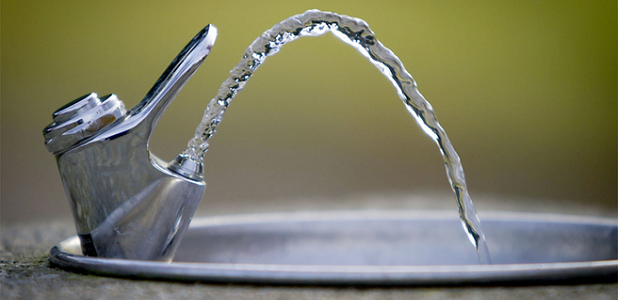The independent group has also launched an interactive statewide map showing the highest lead levels detected at each school, a project based on the latest publicly available data and stemming from state law requiring public water systems to test all public K–12 schools constructed prior to 2010 by July 1, 2019.
“We required water districts to test school drinking water for lead because it’s unacceptable that children and teachers could be poisoned by drinking water from their school fountains,” 2017 bill author Assemblymember Lorena Gonzalez (D-San Diego) said in a press release. “Now that the results are in, we know where we need to take action to make sure our schools have safe, lead-free drinking water.”
Despite now being a year past the deadline, CALPIRG notes that, based on the most recent data from the California Water Resources Control Board, nearly 18 percent of schools have not reported results. It is unclear whether they have completed the required testing or whether they have just not reported data to the state.
Lead exposure can affect cognitive abilities and academic achievement, and exposure cannot be reversed and has a life-long impact. According to the American Academy of Pediatrics, more than 24 million children in America lose IQ points due to exposure to even low levels of lead. Lead is typically found in older pipes, water fountains, faucets, solder and other plumbing fixtures. This is particularly true for schools built before 1986, when the Safe Drinking Water Act reduced the amount of lead content in water. Older pipes, too, can corrode and result in lead mixing into the water supply.
Adequate funding remains a roadblock
The unsettling analysis from CALPIRG comes just four months after the failure of Proposition 13, the Public Preschool, K-12, and College Health and Safety Bond Act of 2020, at the ballot box in the March primary election. The facilities bond endorsed by CSBA and many other education organizations would have, among other important measures, provided $150 million for school districts to test and remediate lead in drinking water. That figure would have represented a dramatic increase compared to the $16.3 million allocated over the last few years through the Drinking Water For Schools Grant Program.
With funding and grants drawing enormous interest but in short supply at the state and federal level, voters in Fresno Unified School District and San Diego USD recently approved school infrastructure bonds necessary to pay for facilities improvements, including lead remediation.
“Fresno Unified cares deeply about the health and safety of our students, and we cannot allow lead, a dangerous toxin, to remain in our drinking water,” Fresno USD trustee Veva Islas said. “Now that voters have approved funding for lead remediation through the Measure M school bond, FUSD needs to take further action to get the lead out.”
Examples of lead-removal programs:
- A CALPIRG video featurette highlights the pilot program at San Diego USD’s Clay Elementary School to filter all water outlets. “We tested more than 2,500 taps, addressed the highest risk water fountains first, and then worked on a plan to get rid of all the old fountains and replace them with new filtered hydration stations districtwide,” Superintendent Cindy Marten said in a statement. “That plan was just adopted by the Board of Education in February, and we are proud that San Diego Unified students and teachers will have some of the cleanest drinking water in the country.”
- Policies adopted by the Oakland USD and Los Angeles USD boards of trustees require the districts to replace or fix taps at schools and early childhood centers that contain lead levels higher than 5 parts per billion. State law sets a regulatory reporting and action level of 15 parts per billion for lead in drinking water in schools, while the American Academy of Pediatrics recommends that the allowable level of lead in water should be no more than 1 part per billion.





